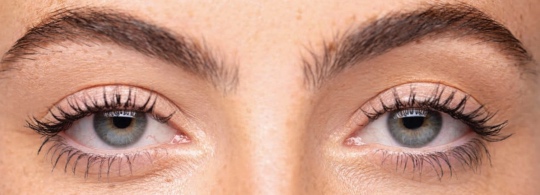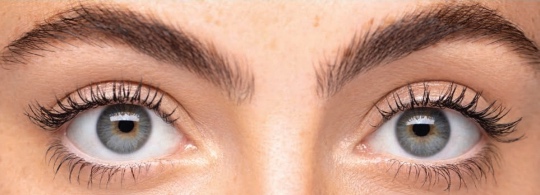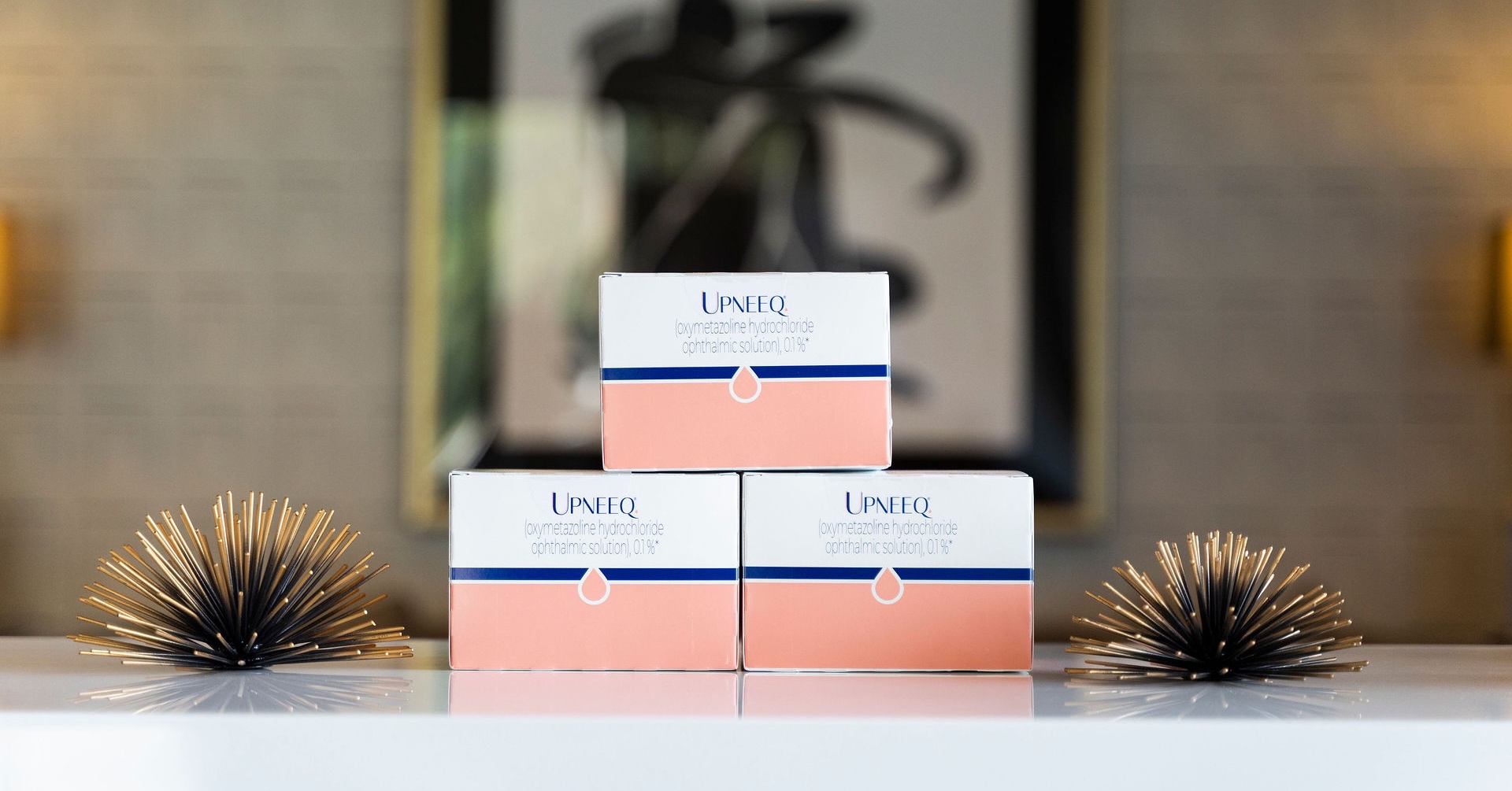At Reflections Medical Spa in Cartersville, GA, we offer Upneeq, the only FDA-approved prescription eyedrop for acquired ptosis (low-lying lids) that lifts your upper eyelids to open your eyes.
Example of a positive result after the first dose of Upneeq


WHAT CAN UPNEEQ DO FOR YOU?
Lift Eyes Quickly
- Most patients in clinical trials had a lift in their eyelids in as little as 2 hours.
- 84% of patients had some form of improvement
- 74% of patients had more than a 50% improvement
- In one study, some patients saw a lift in their eyelids as fast as 5 minutes after the first dose
Significantly improves upper field of vision
- In clinical trials, Upneeq helped patients with acquired ptosis see more—on the first day of treatment!.
- 87.8% of patients had some form of improvement
- 40.8% of patients had at least a 50% improvement on Day 14 (2 hours after applying Upneeq)
What is Acquired ptosis ?
Acquired ptosis (low-lying lids) is a common medical condition that:
- Can develop later in life
- Affects adults of all ages, but occurs more often with increased age
- Usually occurs when the muscles in the eyelid stretch and weaken, causing the lid to droop
- May be caused by other issues, such as cataract surgery, contact lens wear, or an underlying medical condition. It could be a sign of a more serious medical condition.
Millions of people who have acquired ptosis may not even be aware of it
- Millions of people over the age of 40 may have acquired ptosis
- But only 15% have been diagnosed, and even fewer have received any treatment*
*Estimate of prevalence was calculated using both U.S. Census data and a published study by Sridharan et al. (1995). The Sridharan study observed a prevalence rate of 11.5% in the United Kingdom population (n=400), which was then applied to the U.S. Census’ projected 2020 population of Americans aged 40+ years.
Acquired ptosis can lead to vision impairment
Low-lying eyelid(s) can affect eyesight by not only blocking your vision, but also by reducing field of vision, which may interfere with day-to-day functions such as
- Reading
- Driving
- Computer Use
- Looking up without the need to tilt your head back



